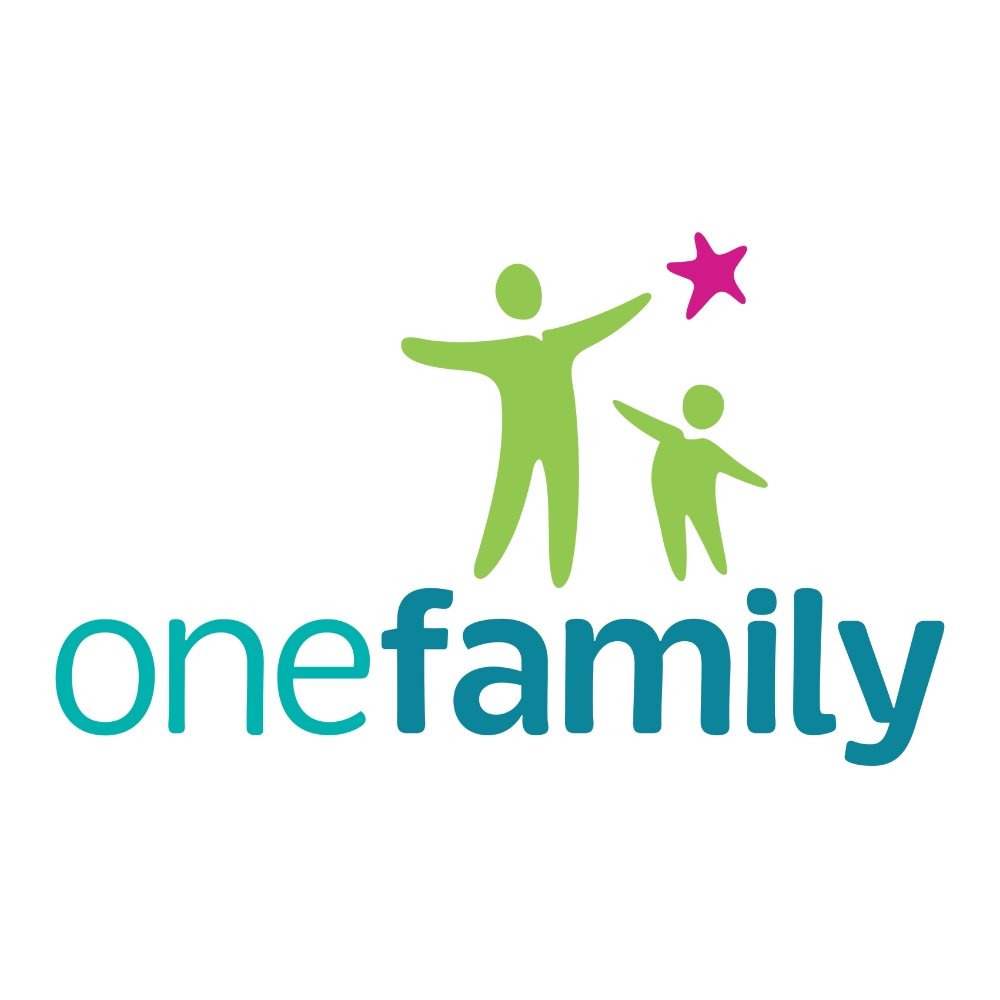Calls at Pre-Budget Forum for Budget 2020 to be based on evidence
Reports pile up with evidence about what needs to be done to unlock lone parents and their children from the poverty trap [Dublin, Thursday 4 July] One Family – Ireland’s organisation for people parenting alone, sharing parenting and separating has called on the Government to urgently implement the recommendations of the eight Government and independently commissioned […]
